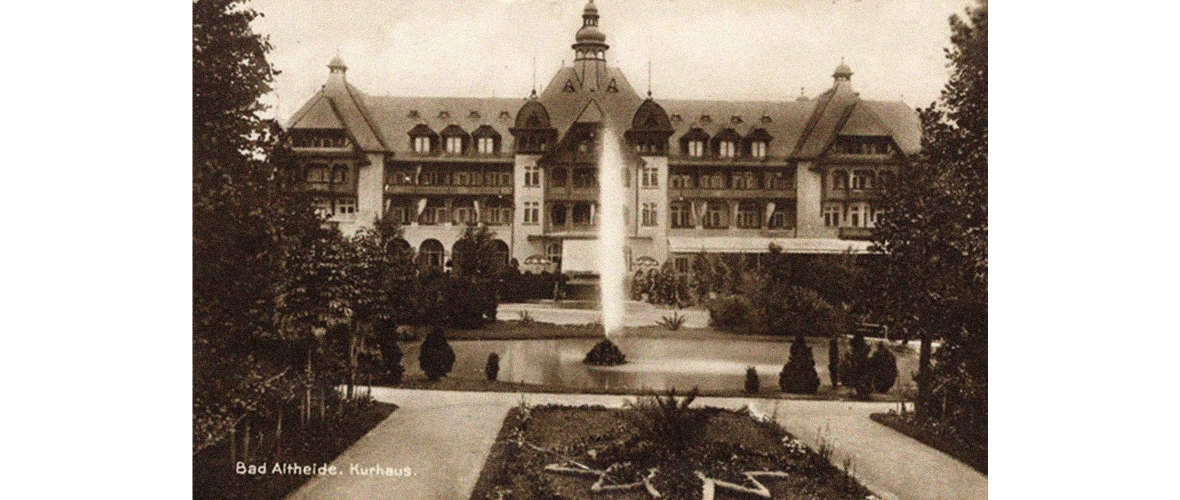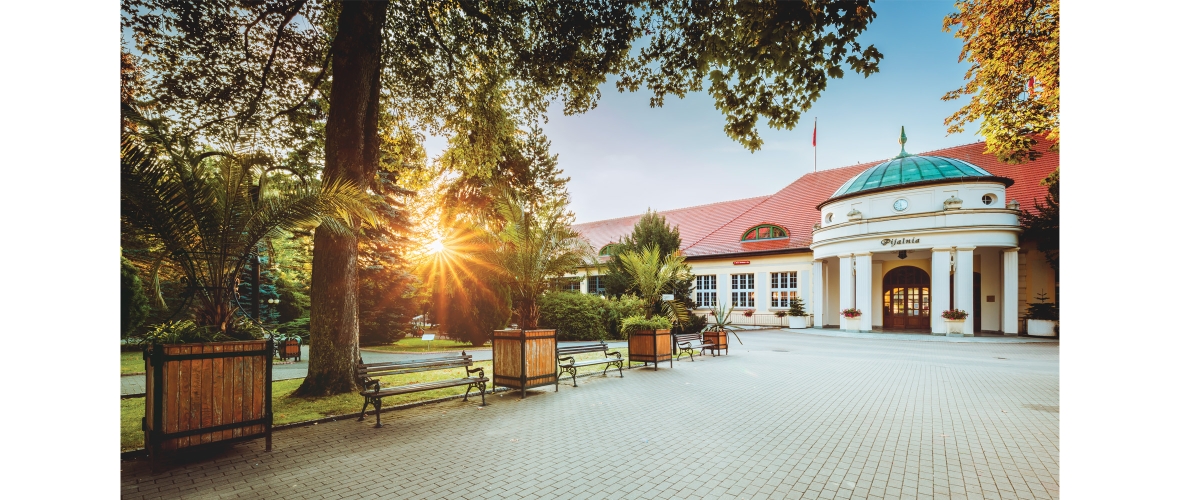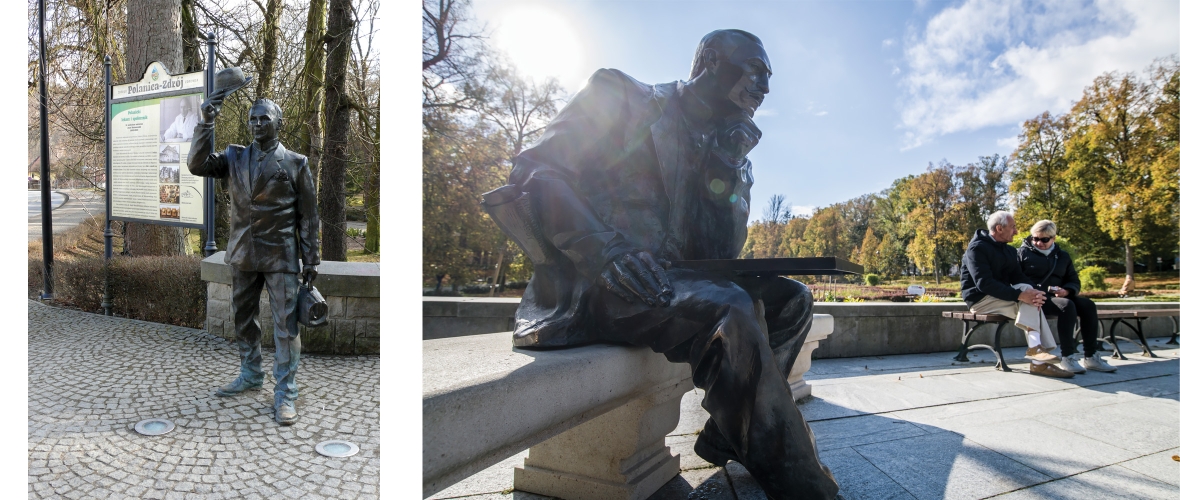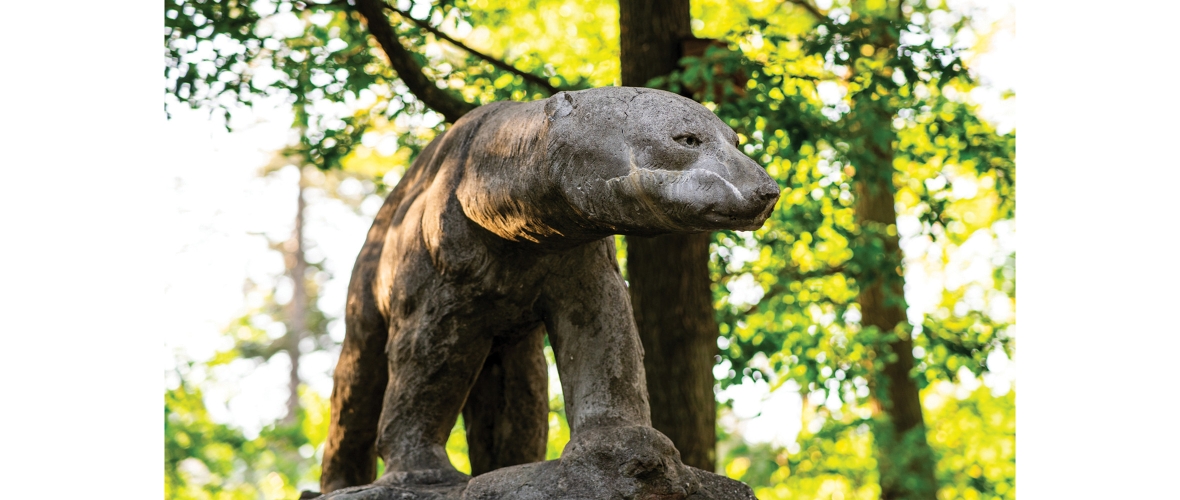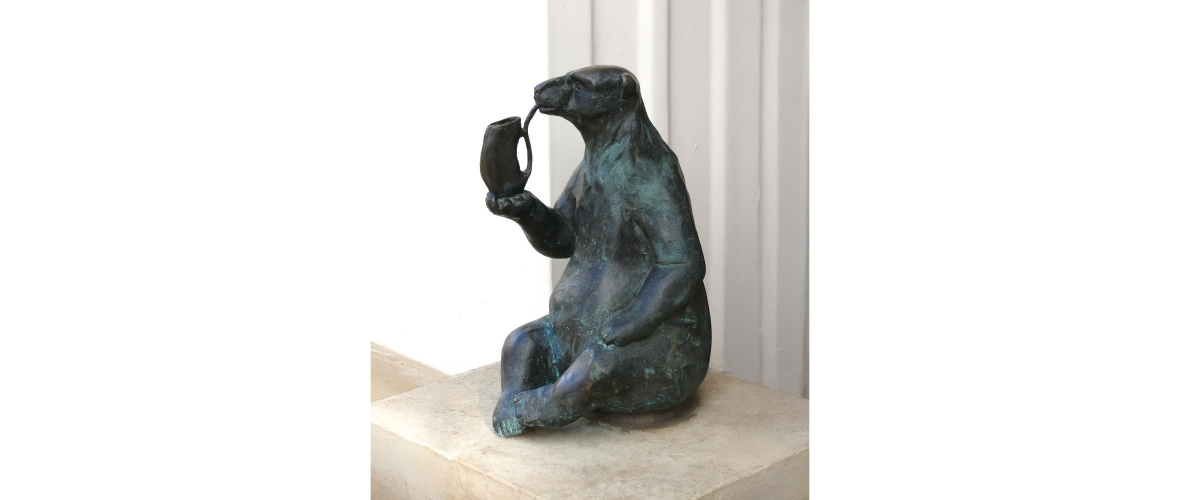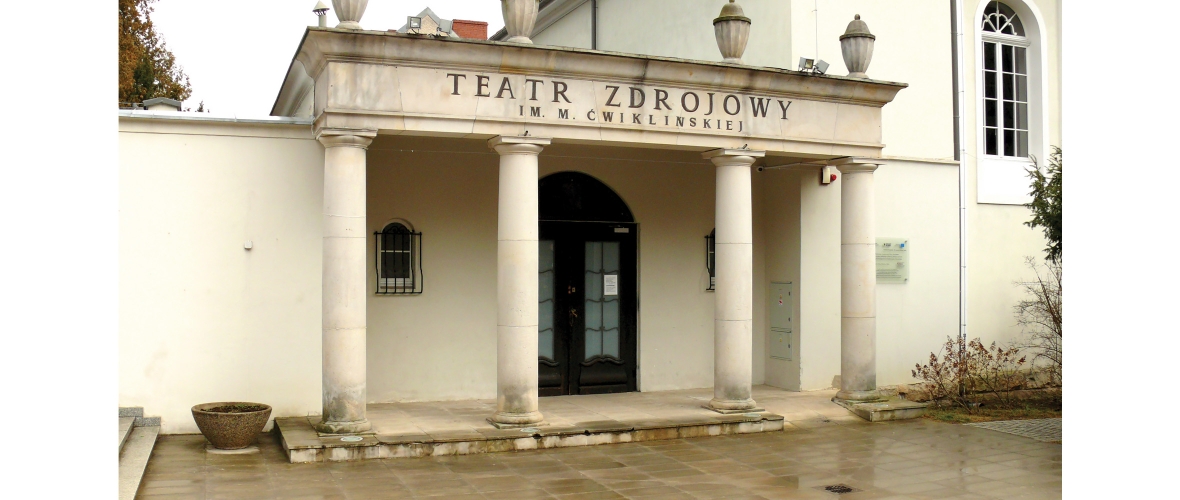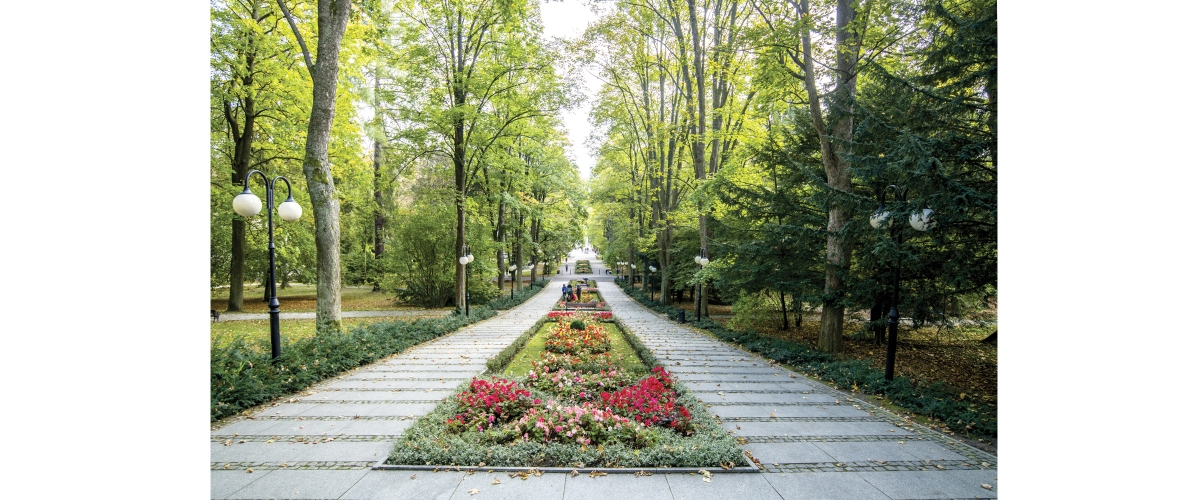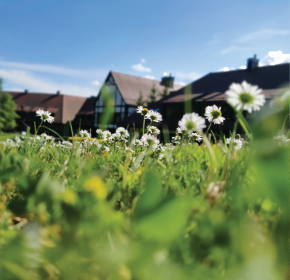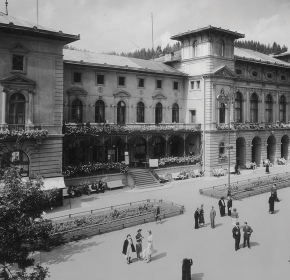These are the words used to describe Polanica-Zdrój in the 1940s, but it had already gained the status of one of the most famous spas in Europe in the 19th century. And if we want to find the first mentions of the local settlement and the discovery of mineral springs, we have to go back to the 14th and 16th centuries respectively. Walking through the alleys, we find traces of the past at every turn, while during our stays in local hotels and sanatoriums, we can take advantage of the latest advances in medicine and wellness. Who has been and continues to make their mark on the history of this place?
Georg Haase and the development of Polanica
The beginnings of the settlement date back to 1347. The village called Polanica appears in documents from the mid-16th century, and in the Georgius Aelurius chronicles from that time we also find information about the local mineral springs. The biggest breakthrough in the history of Polanica-Zdrój happened in the 19th century, when Joseph Grolms built the first spa house surrounded by a garden, and in 1873, the Wroclaw industrialist Hoffmann bought the area. On his initiative, a park, a new pump room, a spa house and a theatre were built. The development of the spa was supported by new investments: the opening of a railway line from Kłodzko in 1890 and the endeavours of the next owner of the local estate, Georg Haase. He built the spa house, which still stands today and was considered the most modern in Silesia at the time, a cardiological sanatorium and a pavilion with a pump room, a hall for walks and concerts and a café for the use of spa guests. This building, which is over 100 years old and known as the Łazienki Heleny, is the most important place in Polanica-Zdrój. It has retained its style – classicist with elements of Art Nouveau, and the water extracted from a depth of over 30 m from the Wielka Pieniawa spring, rich in magnesium, calcium, iron, sodium and silicon, improves immunity. It is also recommended for people struggling with digestive system problems. In addition, there is a second spring, formerly called Józef Pieniawa’s spring, today Staropolanka, as well as bathing cabins, a walking hall, shops, restaurants and a reading room.

